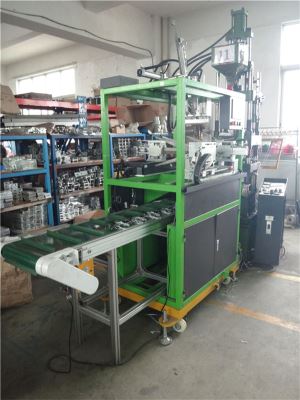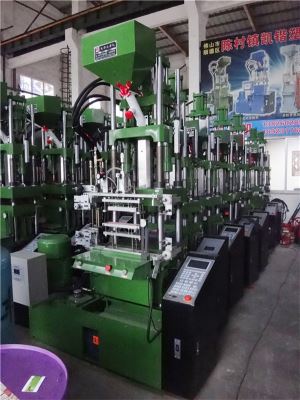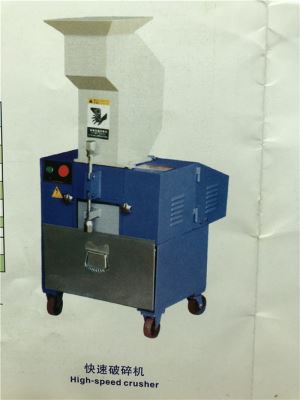Product Categories
Contact Us
Tel:+86-757-23330332
Fax:+86-757-23330332
Ph:+8613826028993
E-mail: joybai@kaikaimachine.com
Add:2-3C Tower #13, Shunlian International Machine City, Chencun Town, Shunde District, Foshan City, Guangdong, China
Hexagonal jaws are designed to provide firm grip over all hexagonal, square, union and valve packing nuts.
The extra-wide open bevel tongs model is ideal for holding down pipe nuts on sinks and bathtubs.
Smooth thin jaws slide into minimal space.
Hexagonal pipe nippers are commonly known as pipe nippers, is used to twist the cylinder of the special tools, it can give the pipe body longitudinal torque, is one of the common tools of the plumber. Pipe clamp is made of high quality carbon - bonded steel according to ministry standard GB8406-87. The clamping surface is composed of a movable clamping surface blade tooth and a fixed clamping surface blade tooth. The two parts are connected by an adjusting nut, and there are tooth marks on the clamping surface of the two clamping surfaces. The part of the reverse extension cord fixing the clamp face is the handle of the pipe clamp. The movable clamp face can not only move longitudinally with the groove finding on the handle, but also has a small transverse range of motion. When clamping the pipe fitting with the pliers, the two clamping faces of the pliers have a small Angle.
The normal use method of pipe clamp is to turn the nut to open the clamp mouth and hold the pipe fitting. The pipe fitting can be tightened or loosened by holding the clamp handle and rotating it with force. Therefore, its action modes are clamping and torsion. When used by criminals to destroy the object on the scene, in order to achieve the purpose of the crime, they often do not operate in accordance with the operating procedures, resulting in a complex mode of action. Generally speaking, there are mainly the following ways of action:
1, pressure pry effect: pipe pliers can be used to pry the steel bar and the lock core of the safe, and with a smaller force can be more destructive, which is one of the main reasons for criminals to use pipe pliers as a destructive tool.
2, clamping function: for cylindrical object, when damage to occur between tool and object sliding phenomenon, this is the biggest difficulty to destroy the object, and on the surface of the pipe wrench for two pliers clamping surface are indented, and thus well solved this difficult problem, this is also one of the main reason for the criminals use tongs.
3. Scratching effect: when the contact between the clamp surface and the object is not too close, the sliding phenomenon occurs between the tool and the object, and then the tool has scratching effect on the object.
4. Torsion effect: when the object is destroyed by pipe tongs, the torsion effect on the object is produced in the direction perpendicular to the object.
There is both radial pressure and tangential torsion when the pipe clamp ACTS on the object. Therefore, the marks formed on the object by the pipe clamp include the imprint marks formed on the clamping surface and the scratch marks formed on the object by the tooth marks of the pipe clamp. When the maximum force is reached, the imprinting mark formed on the object by the tooth groove tip of the movable clamp surface and the fixed clamp surface is the main mark formed on the object by the pipe clamp. It can reflect the shape, relief, notch and other characteristics of the tooth groove tip, and the imprinting mark formed is stable and obvious.
In a word, because of the characteristics of torsion failure, there are obvious clamping marks. Secondly, the griping marks can reflect the characteristics of directional tooth marks, and the corresponding surfaces on both sides are in opposite directions. Thirdly, there are scratch marks on the griping marks. Fourth, when it is used for prying and pressing, there is an obvious scratch mark on the object that reflects the end features of tooth marks; Fifth, the imprint mark formed on the object is the main mark formed by the pipe clamp.
Related News
- A Special Tool For Rotating Circula...
- Quick Pipe Tongs Are Special Tools ...
- Aluminum Handle Pipe Tongs Are Very...
- American Pipe Tongs Are Commonly Us...
- Crimping Tongs Are Necessary For Th...
- It Is Better To Use Special Steel B...
- Cable Clipper Is A Kind Of Clipper ...
- High Shear Efficiency Of Steel Bar
- Screw Shears Are Beautiful And Easy...
- A Tool For Cutting Wire Ropes Or Ca...
- Screw Shears Are Beautiful And Easy...















